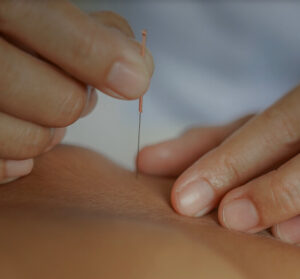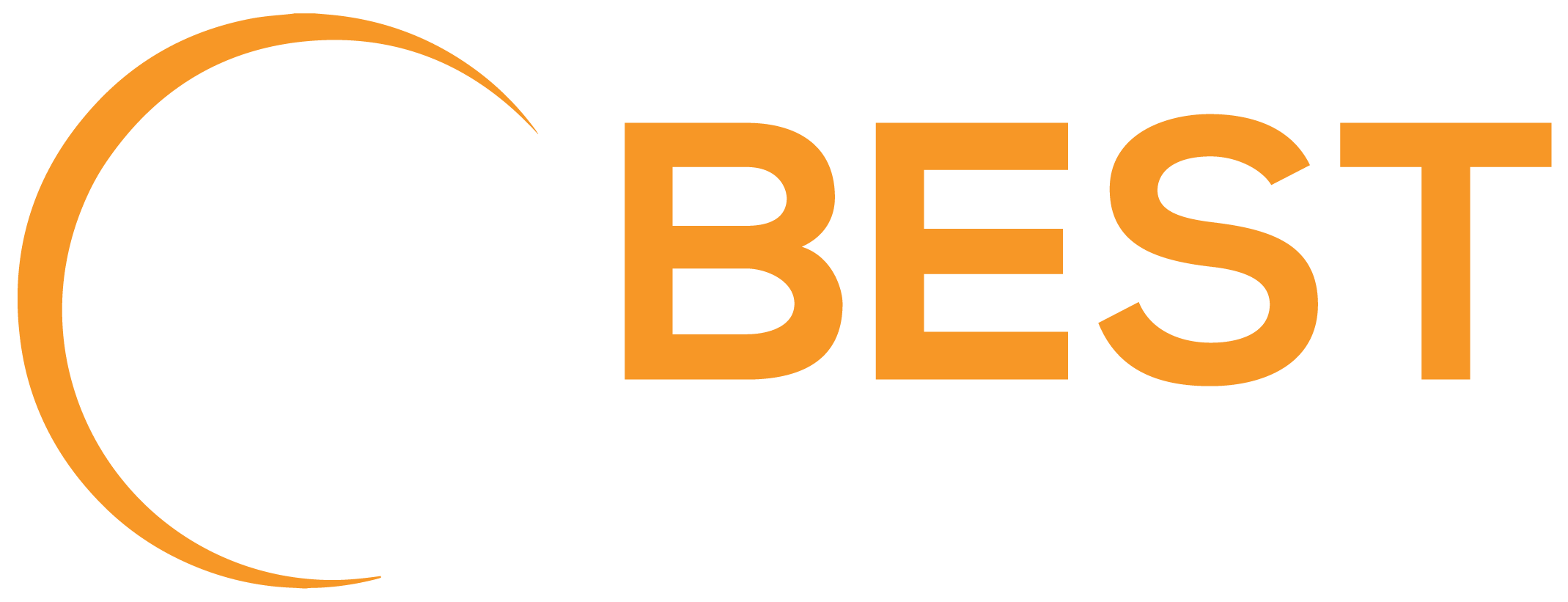Dry Needling

“Dry needling is a skilled intervention that uses a thin filiform needle to penetrate the skin and stimulate underlying myofascial trigger points, muscular, and connective tissues for the management of neuromusculoskeletal pain and movement impairments. [It ] is a technique used to treat dysfunctions in skeletal muscle, fascia, and connective tissue, and to diminish persistent peripheral nociceptive input, and reduce or restore impairments in body structure and function, leading to improved activity and participation.” [Source: APTA document Description of Dry Needling in Clinical Practice: An Educational Resource Paper. www.apta.org/StateIssues/DryNeedling]
Dry Needling allows a therapist to specifically target deep or stubborn areas that have not responded to other techniques. Research supports that dry needling improves pain control, reduces muscle tension, normalizes biochemical dysfunction and facilitates an accelerated return to a pain free active lifestyle. It is extremely effective with the restoration of the healthy physiology of acute injuries and can provide breakthroughs for more chronic dysfunction.
Areas and injuries Functional Dry Needling can help (but are not limited to):
- Acute Sprains and strains
- Muscle spasms
- Headaches
- TMJ
- Shoulder Pain
- Tennis Elbow
- Plantars Fasciitis
- Low Back Pain/Sciatica
- Chronic Pain
Typically positive results can be seen within 2-4 treatment sessions, but significant differences can be noted in just one session. Improvements that can be seen from the very first treatment such include increased range of motion and improved movement overall. Patients often report soreness after treatment in the area treated and soreness may last for a few hours after treatment, but it can be relieved through performing your PT prescribed specific stretches.

